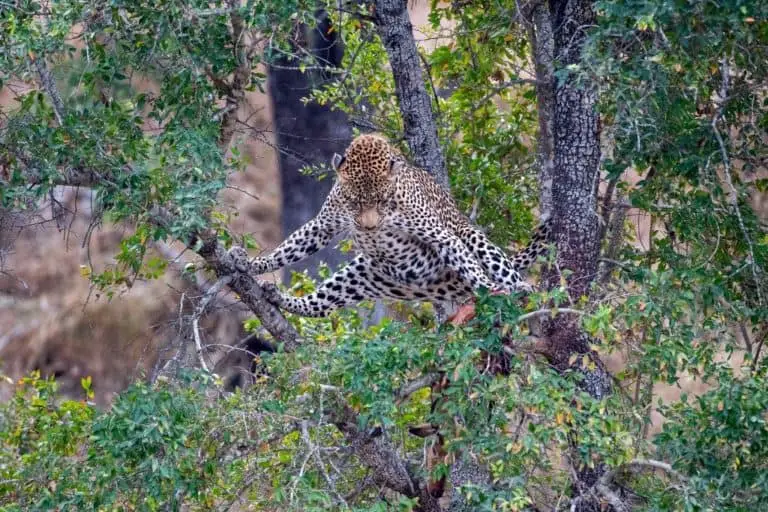Are Leopards Dangerous? The Truth About These Predators
Leopards are one of the most feared animals in the world and with good reason. These large cats are mighty and can take down an adult human. However, leopards are not typically aggressive towards humans, and attacks are relatively rare.
Most leopard Attacks occur when the animal is startled or feels threatened. In most cases, leopards will avoid contact with humans whenever possible.
However, there are still some precautions that people should take when traveling in areas where these animals live.
It’s also critical to avoid areas where leopards are known to frequent. Remaining calm and avoiding sudden movements is crucial for encountering a leopard in the wild.
Are leopards aggressive to humans?
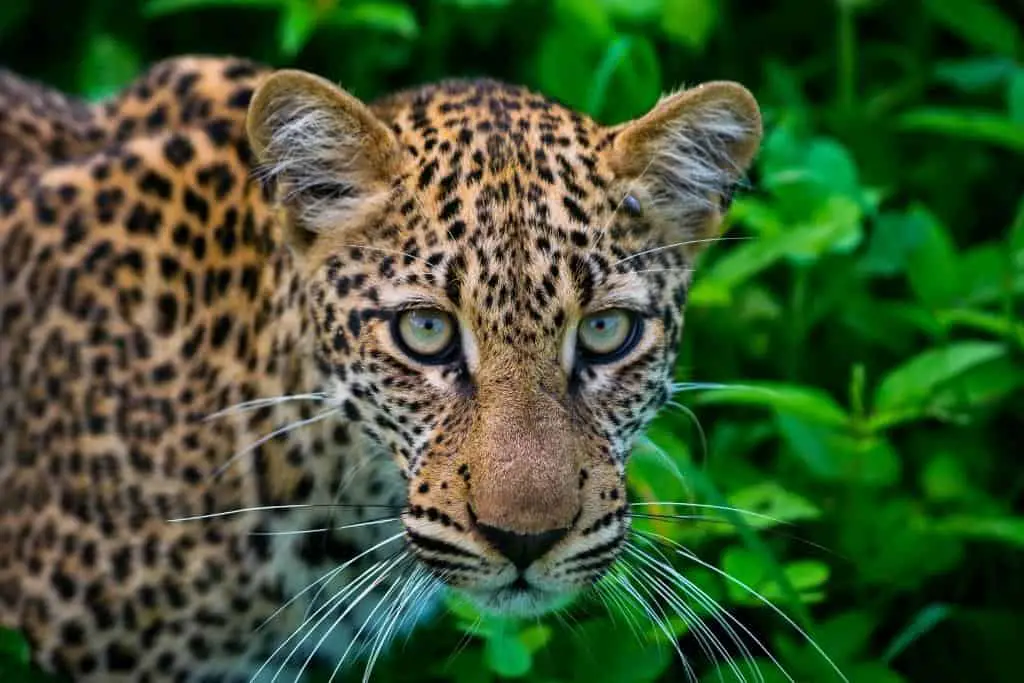
Leopards are one of the big cats, and like all big cats, they can potentially be dangerous to humans. However, leopards are generally shy and reclusive, and attacks on humans are relatively rare.
When they occur, they often result in a leopard feels threatened or provoked. In most cases, a leopard will avoid contact with humans if given a chance.
Can Leopards eat Humans?
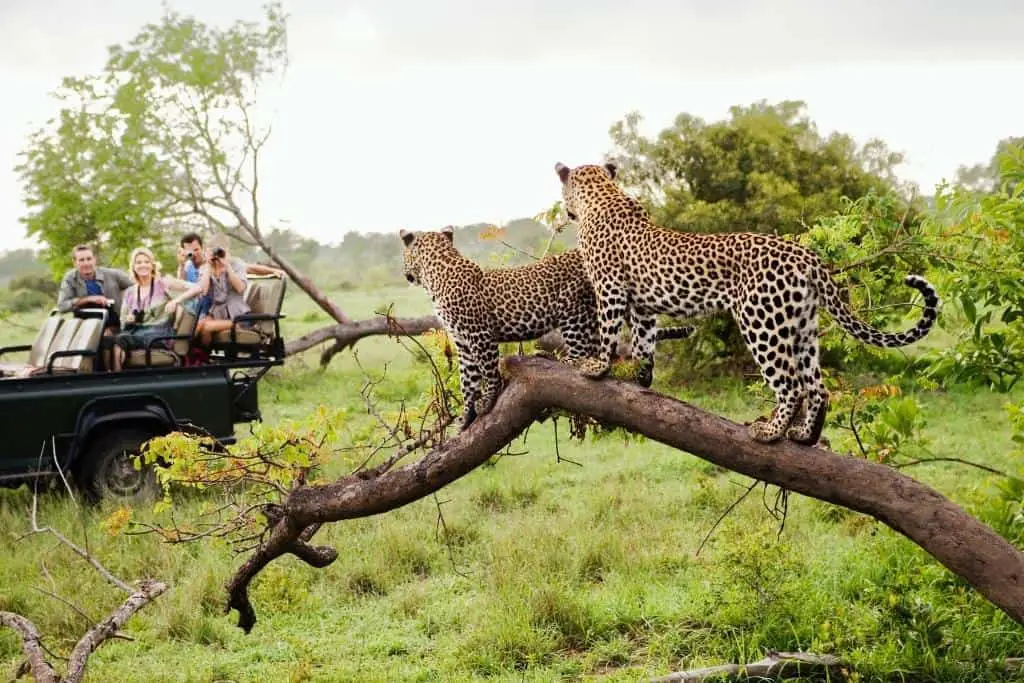
Leopards are smaller than lions and tigers but still pretty significant. And like all carnivores, they typically hunt and eat smaller animals. But because they’re large and powerful, they’re capable of taking down much larger prey.
In fact, there have been instances where leopards have attacked and killed humans. These attacks often occur when a leopard feels threatened or provoked. But there have also been instances where leopards have attacked humans for no apparent reason.
In most cases, these attacks seem opportunistic, with the leopard preying on the weakest or most vulnerable individuals. But there have also been reports of leopards becoming habituated to human presence and losing their fear of humans.
This can lead to dangerous situations, as the leopard may start to see humans as potential prey. So it’s essential to be aware of these big cats’ dangers.
What is the most dangerous leopard?
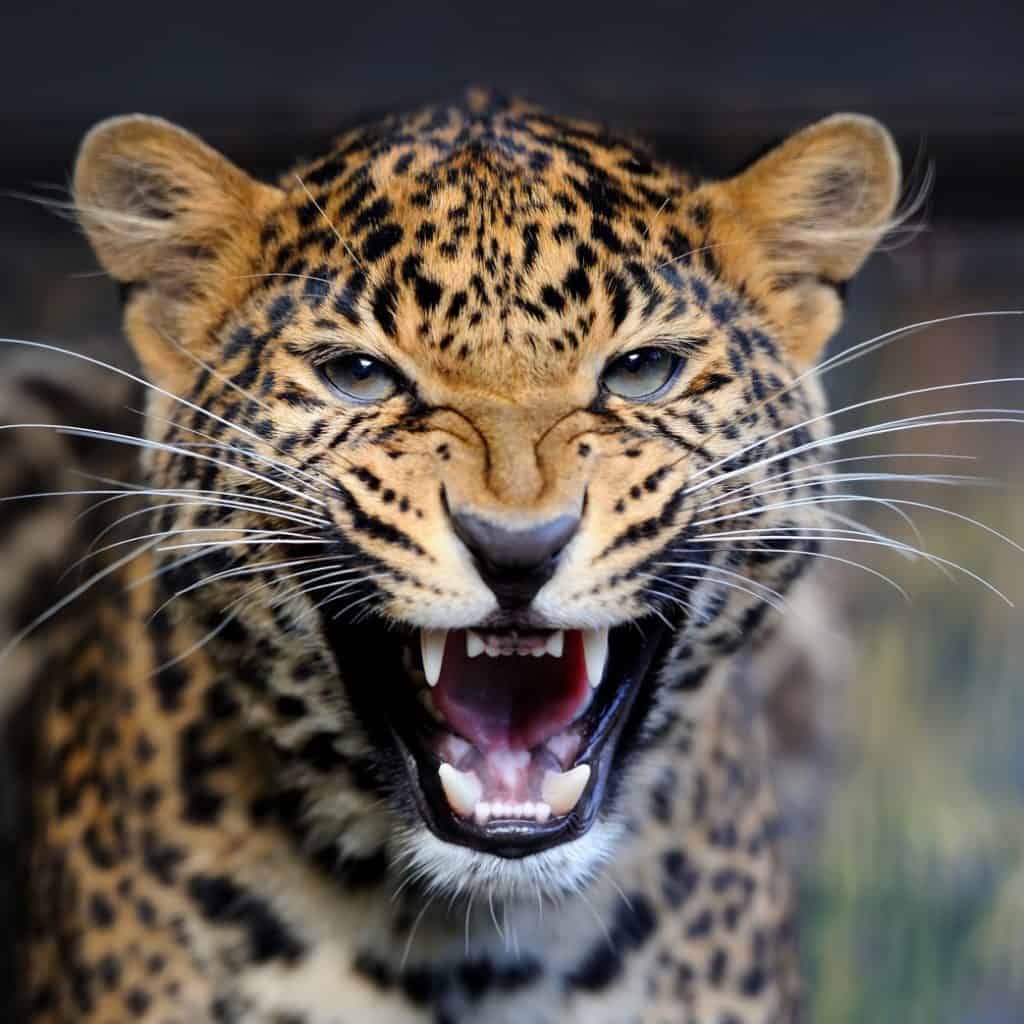
The Leopard of Panar was a male leopard that is said to have committed at least 400 murders on humans in the Panar region. The attacks occurred over several years in the early 20th century, and a hunter eventually killed the leopard.
While the number of people killed by the Leopard of Panar is unknown, it is thought to be one of the deadliest animals ever recorded.
In addition to its high kill rate, the leopard was known for its cunning and ability to evade capture.
It is believed that the Leopard of Panar survived for so long because of the dense jungles in the Panar region, which provided ample cover and food.
Today, the area where the Leopard of Panar lived is mainly uninhabited, and incidents of leopard attacks are much rarer.
However, reports of man-eating leopards continue to surface from time to time, reminding us that these dangerous animals are still out there.
Are snow leopards dangerous?
The snow leopard is in a league of its own. These cats are apex predators, which means they’re at the top of their ecosystem’s food chain.
They have no natural enemies, and they’re ruthless hunters. If a snow leopard feels threatened, it will not hesitate to attack.
Therefore, it’s best to give these animals a wide berth and admire them from a safe distance. Although they’re often depicted as ferocious predators, snow leopards are pretty shy and reclusive.
They mostly avoid contact with humans, and very few recorded attacks on people have been documented. However, that doesn’t mean that they’re harmless.
So if you ever find yourself close to a snow leopard, remember: it’s best to err on the side of caution.
Are clouded leopards dangerous?
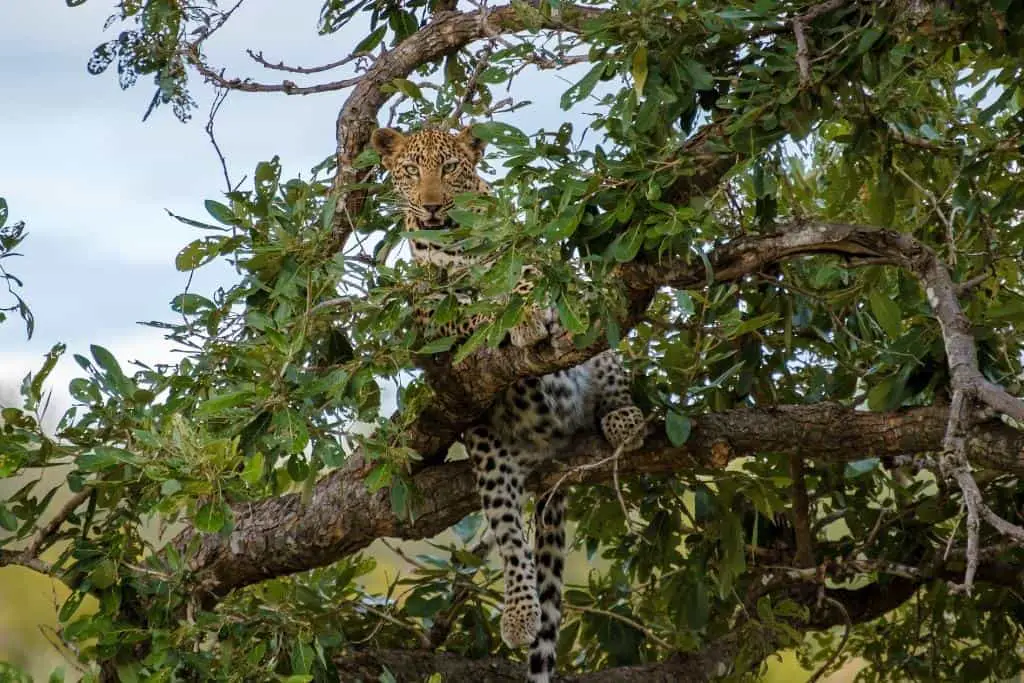
Clouded leopards may appear to be friendly, but they are, in fact, quite aggressive. They are the tiniest of the big cats, but they are skilled hunters that can take down prey considerably more significantly than themselves.
Clouded leopards have exceptionally sharp claws and teeth, which they use to good effect when hunting.
They are also skilled tree climbers, having been observed leaping from limb to limb in search of prey. In short, clouded leopards are not to be trifled with.
Clouded leopards are not to be taken lightly. Though they are rarely aggressive towards people, you should treat them with caution and regard if you come across one in the wild.
Are black leopards dangerous?
Panthera pardus, more commonly known as the black leopard, is a prominent member of the cat family native to Africa and Asia. These beautiful animals are usually nocturnal, meaning they are most active at night.
While black leopards are not usually considered dangerous to humans, they can be aggressive if they are harassed or provoked.
They are also powerful predators known to take down large prey such as deer and wild boar. Although they are not as common as their spotted cousins, black leopards are an impressive sight.
Are amur leopards dangerous?
Amur leopards are the world’s rarest cats and are also incredibly endangered. As a result, there aren’t many opportunities to study them in the wild. However, what we know about them suggests they’re not particularly dangerous to humans.
Do leopards have predators?
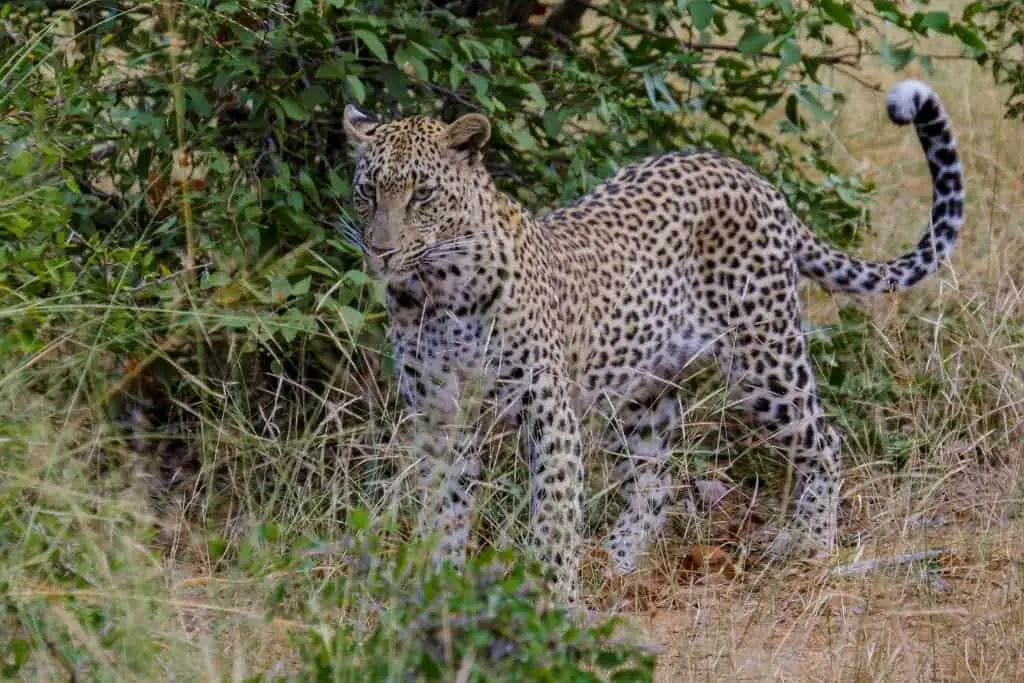
In Africa, lions and hyenas are the two main predators of leopards. Lions will often kill leopards to protect their territories, while hyenas will steal kills from leopards to feed their own families. In Asia, tigers are the main predator of leopards.
Tigers typically avoid confrontation with leopards, but they have been known to kill them when they feel threatened. As a result, leopards must constantly look for predators to stay safe.
To avoid becoming someone else’s meal, leopards use their powerful senses. They have excellent eyesight and can see in near-darkness. Their hearing is also keen, allowing them to detect the slightest movement.
And their sense of smell is acute, allowing them to track down potential prey or predators from miles away. By staying alert and using their senses wisely, leopards stand a better chance of avoiding danger and surviving in the wild.
What do leopards eat in the wild?
In the wild, leopards are obligate carnivores, meaning their diet consists exclusively of animal flesh. They are fierce predators that consume anything they can catch, including small creatures like mice, birds, lizards, and even fish.
However, their favorite food is the antelope, which makes up most of their diet in many areas. Leopards typically stalk their prey before making a quick and powerful attack.
Once the animal is killed, the leopard will drag it into a tree or some other sheltered spot to eat in peace. An adult leopard can consume up to 10 pounds of meat in a single sitting.
